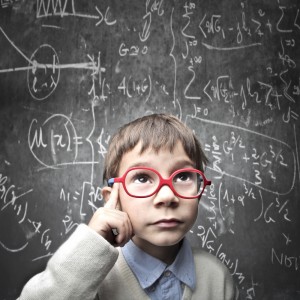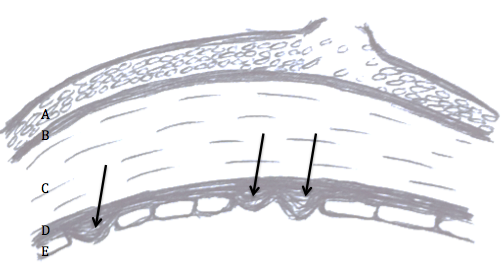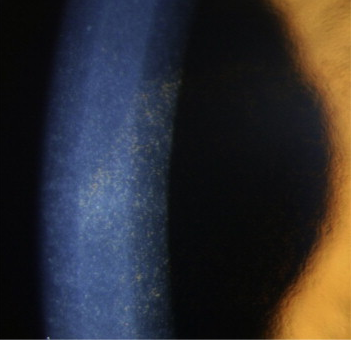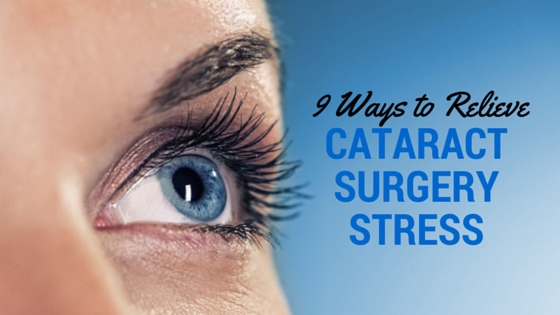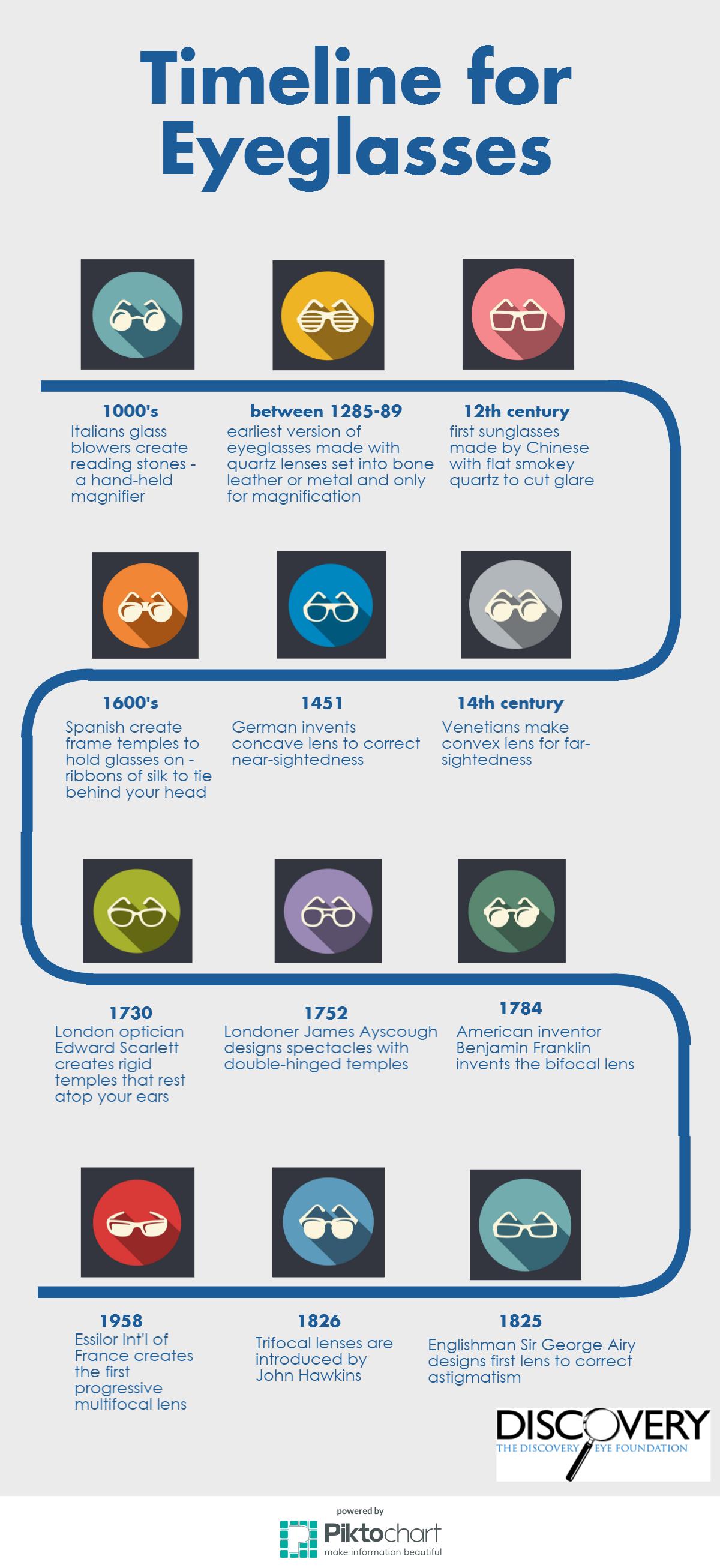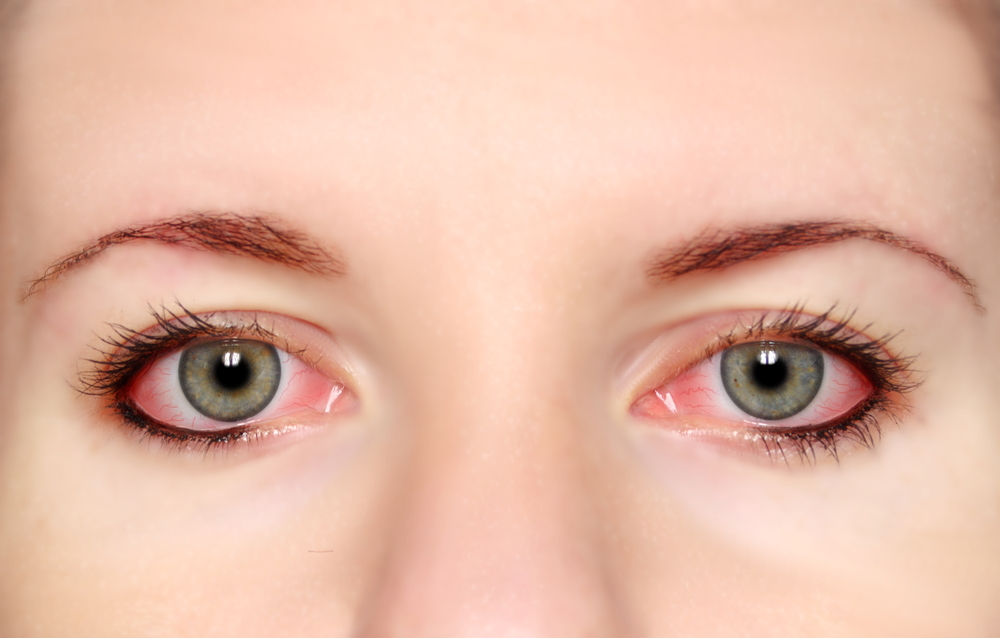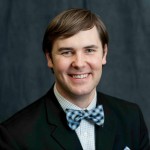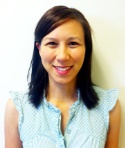“I’m worried about my mother”, Janet said. “Lately, she’s been telling me that she sees things that aren’t there – bugs, flowers, faces floating in the air! Is she getting Alzheimers?! She’s healthy and has always been sharp as a tack, although she has macular degeneration. What should I do? Yesterday, she said some children were playing in her yard but there was no one there!”
Janet’s mom probably has Charles Bonnet Syndrome (CBS) which can affect anyone with a severe vision loss. People with CBS see things that are not there but they know they are not real.

They have reported a wide variety of images, including bugs, flowers, animals, people, trees, houses, balloons and patterns. In Dr. Lylas Mogk’s excellent book on macular degeneration, she describes a patient who saw monkeys wearing clothes, playing in the trees. Another person saw an entire dinner party in her dining room!
One study documented that 80% of the participants saw people; 38% saw animals. Children and groups of people were also common. Twenty-seven percent had them daily. For some people, the images lasted less than a minute, but for 53%, they continued for one minute to one hour.
The images come and go and are usually interesting or amusing and not threatening. Dr.Mogk states, “One of the most remarkable qualities of these figures is that they almost always wear pleasant expressions and often make eye contact with the viewer. Menacing behavior, grotesque shapes, and scenes of violent conflict are not, to my knowledge, a part of this syndrome.”
The same images usually repeat themselves – often at the same time of day. They may happen daily or infrequently. The person with CBS knows that they are not real, and is fully awake when they occur. In the study, 82% of people immediately knew that the images were not real. The rest were deceived only briefly and then because the images were such common objects.
The images don’t block out what is behind them and they don’t have any sound associated with them. They’re usually in color, but can be in black and white. They are very detailed – much more detailed than what the patient with macular degeneration can usually see. People may see anything and the images are usually not anything they’ve seen in real life; they don’t seem to be visual memories. We don’t know exactly why this happens; it may be that the brain is trying to show something in the absence of normal visual impulses.
Like “phantom limb syndrome”, the body experiences things that are not there. Between 10% and 21% of people with low vision experience CBS, but some studies put the number higher than 40%.
What To Do?
- Letting your family or friends know about it can be helpful. Most people with CBS are afraid to say anything about it. “They’ll think I’m crazy!”, they say. But if you and they understand what’s going on, you can help each other deal with the issue. For instance, if you see a big spider on the wall, why not just tell someone, “I think I see a spider over there. Will you check for me?”.
- Acknowledge the images and then move on with your day. One lady remarked that she just says, “Ok, I see you but I don’t have time for you now, so just go away.” Then, she finds it easier to ignore them. I mentioned this technique to another woman who laughingly said, “Oh, great. First I’m seeing things and now I’m going to talk to them? People really WILL think I’m crazy!”.
- You do need to keep your sense of humor about this. You cannot MAKE them go away. Becoming angry or upset will not make the images any less strong or frequent. In fact, stress may be a factor in triggering a hallucination, as can fatigue, low light or bright light and inactivity.
- Talk with your doctor about it. More and more eye doctors are learning about Charles Bonnet Syndrome. You’ll be reassured that what you are experiencing is shared by others. Although few people need it, there has been some research on the use of low dose drugs such as Haldol. Recognition and acceptance are often at least as effective.
On a positive note, patients do report that the hallucinations are reduced over time and eventually go away completely. At a recent support group meeting, one participant mentioned that hers had disappeared and wryly admitted that she missed them! She’d gotten used to them and they didn’t interfere with her daily life after a while.
Techniques
A research study in the Netherlands found that people used a variety of techniques that were helpful, in addition to the ideas above.
- Close your eyes; open your eyes; blink or look quickly away from the image.
- Walk away from the image or approach it.
- Stare at the image.
- Put on a light.
- Concentrate on something else; distract yourself.
Thousands of people live with Charles Bonnet Syndrome and manage quite well – you are not alone!
One note of importance: If the experience does not seem to meet the description of Charles Bonnet Syndrome, further testing may be necessary. Other medical conditions can trigger hallucinations, such as Parkinson’s. A full neurological work-up is indicated if the images are frightening, threatening or are accompanied by sounds or bizarre sensations.
This article is from the NEW Macular Degeneration Partnership website – AMD.org. If you enjoyed it, please check out other articles related to age-related macular degeneration and sign-up for the monthly AMD E-Updates.
References:
- Mogk, Lylas G. and Marja Mogk: Macular Degeneration, The Complete Guide to Saving and Maximizing Your Sight. New York: Ballantine Books, 1999, 2003.
- Teunisse, Robert J et al. “Visual Hallucinations in Psychologically Normal People: Charles Bonnet Syndrome: CBS.” The Lancet, Vol 347, (March 1996): p794-97.
 Judith Delgado
Judith Delgado
Executive Director
Macular Degeneration Partnership
A Program of Discovery Eye Foundation





